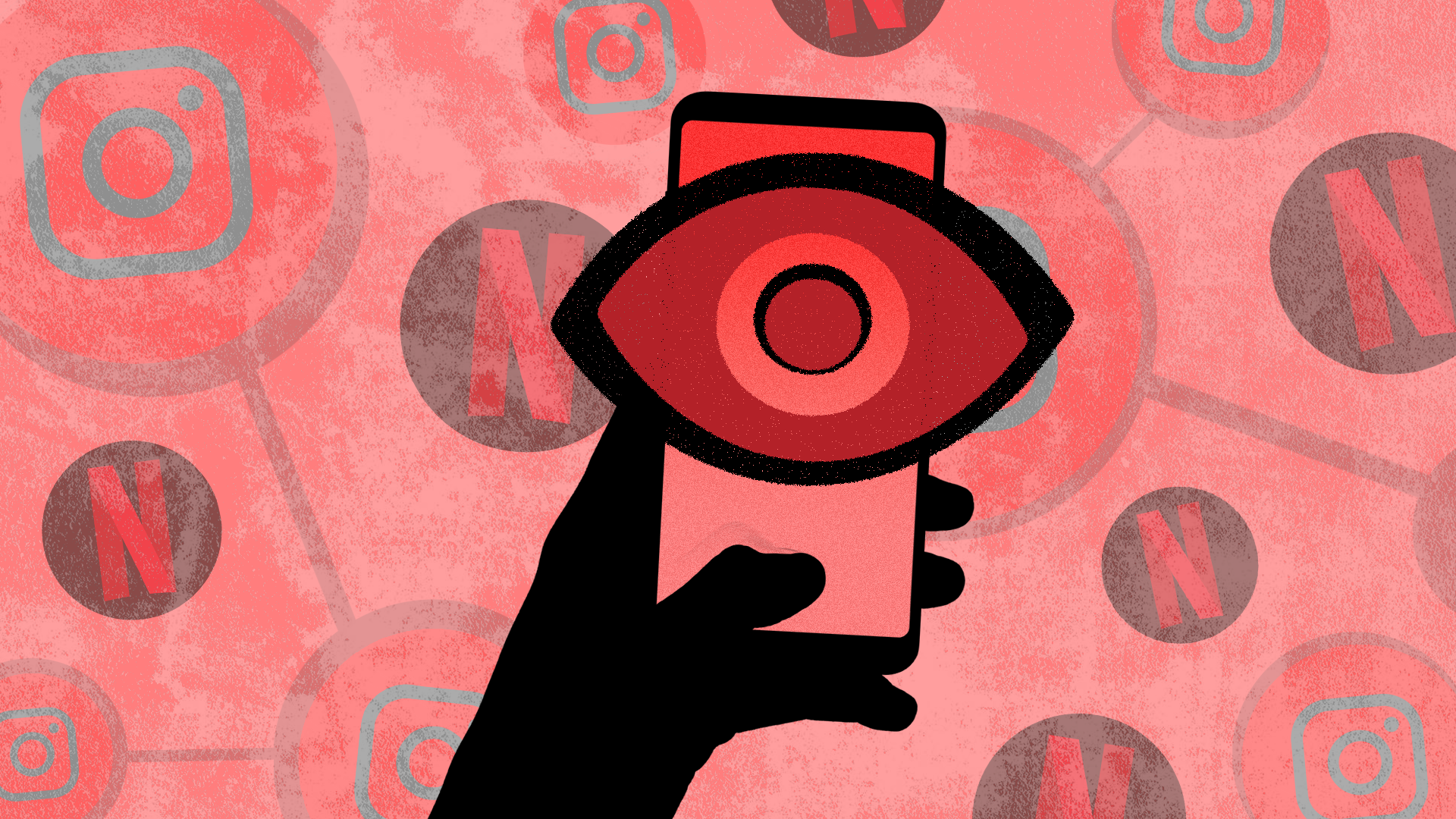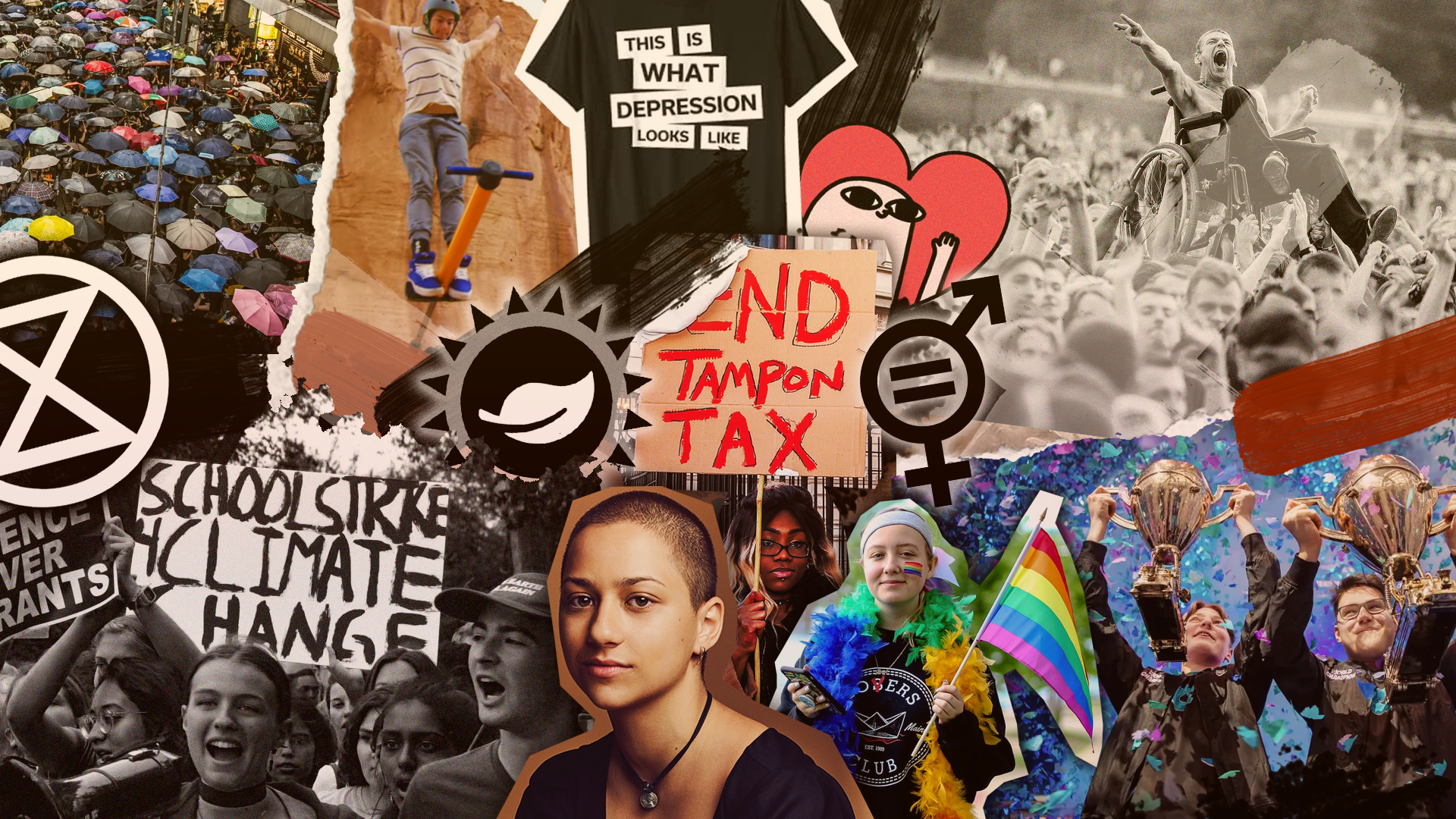A new study shows that young people are favouring social media content over traditional programming, which could be problematic for streaming services in the future.
Gen Z choose to watch influencers and creator-driven content via social media apps like Instagram and TikTok, rather than opting for traditional TV on platforms such as Netflix, a new report suggests.
According to a survey conducted by research company Deloitte, 56% of Gen Zers and 43% of millennials find social media content ‘more relevant than traditional TV shows and movies.’ Half explained that they feel more connected to influencer personalities than actors in film and TV.
The study also asked about time spent consuming different forms of media.
Gen Z spend 54% more time than the average consumer per day on social media platforms, equating to an additional 50 minutes. They also spend 26% less time than average watching TV and movies.
If you’re a younger person, these numbers probably aren’t all that surprising. We regularly write stories about the addictive nature of social media and phone use, with Gen Z often being the main target demographic for tech companies.
In fact, consumption of short-form video, constantly scrolling feeds and regularly reading news stories via our phones has been proven to cause high levels of anxiety and depression, and yet we continue do these things anyway.
Young people have grown up with independent creators providing them content on specific niches and specialist interests, where regulations are more relaxed and big corporations have less of a creative influence.
It’s much easier for a single person in their bedroom to connect to a younger audience than it is for big production studios with high budgets, which could cause problems for the future of streaming platforms like Netflix and Hulu.
A report from Variety recently found that mobile phone screens are becoming the first-choice screen to watch video, marginally overtaking TV.



















